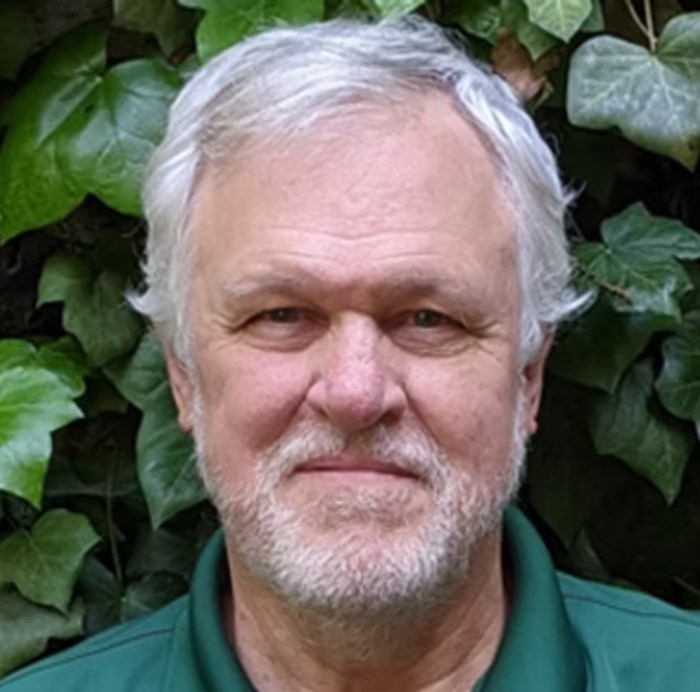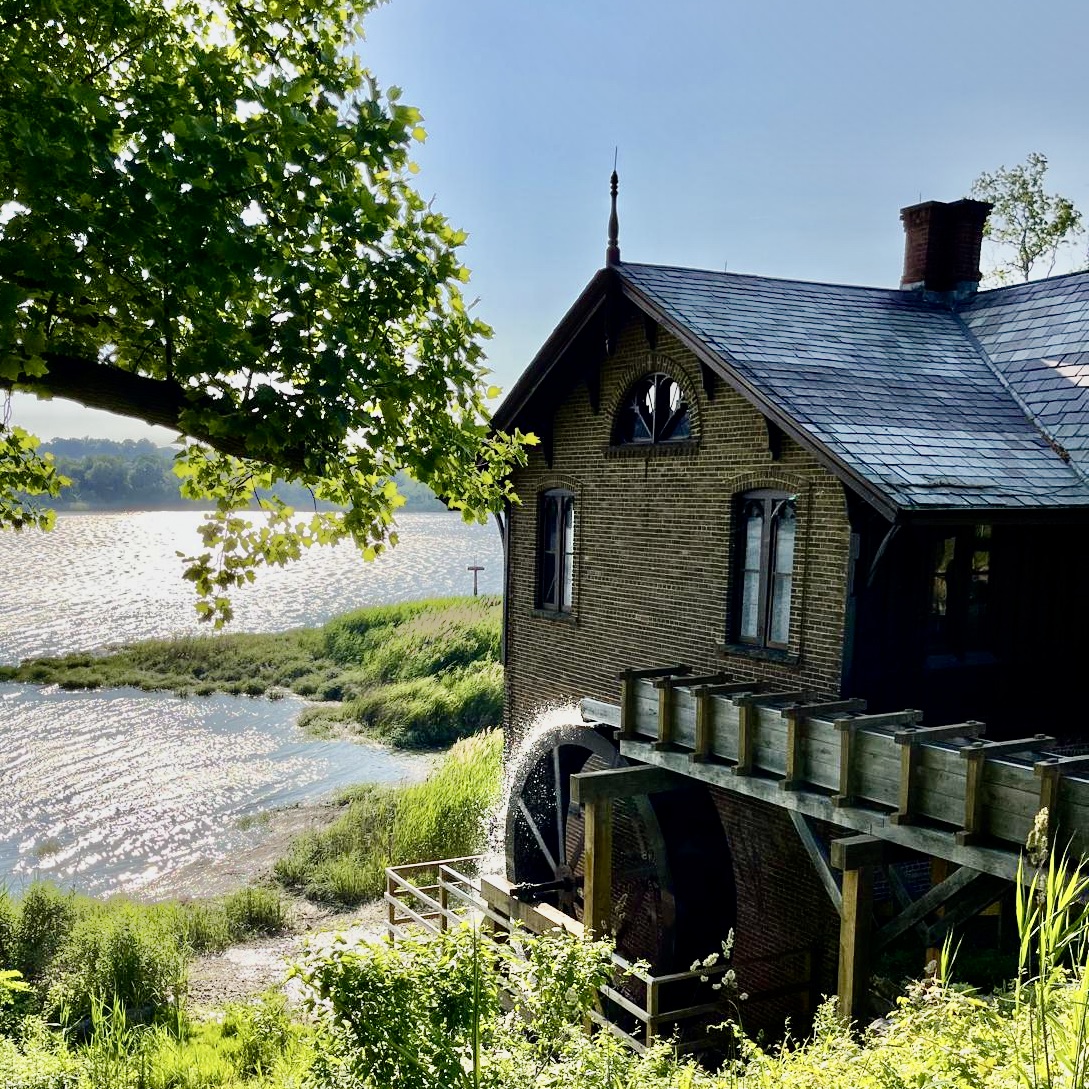Nestled quietly off Bryant Avenue in Roslyn Harbor, shaded by towering trees and framed by a glistening pond, sits a historic treasure that too few Long Islanders truly know: Cedarmere, the former estate of 19th-century poet, journalist, and civic champion William Cullen Bryant.
Today, thanks to the tireless efforts of a dedicated group of volunteers known as the Friends of Cedarmere, this once-neglected landmark is steadily being revived as both a historical site and a vibrant community space.
“It’s just a fantastic property,” said Thomas Powell, president of the board of Friends of Cedarmere. “It’s beautiful, the pond, the bridges, the gardens, the old mill, the historic house, it’s all here. And yet, so many people drive by and don’t even know it exists.”
Founded in 2009 during a period of severe budget cuts that shuttered the county-operated museum, the Friends of Cedarmere emerged as a stewardship organization aimed at preserving not just the grounds, but the rich cultural legacy of William Cullen Bryant. A household name in his time, Bryant was one of America’s first truly accomplished poets. He was also the longtime editor of The Evening Post, a passionate abolitionist, and an early advocate for civic projects like Central Park and the Metropolitan Museum of Art.

“This man was deeply involved in shaping American culture,” Powell said. “He was a literary figure, a political force, and a reformer. But today, most people only recognize his name from Bryant Park, and they don’t know who he was.”
Part of the group’s mission is to change that. Through carefully restored exhibits, historical tours, and educational programs, the Friends of Cedarmere strive to bring Bryant’s accomplishments back into public consciousness.
After Bryant’s great-granddaughter entrusted the estate and seven acres of surrounding land to Nassau County in 1975, it briefly operated as a public museum. But during the 2008 financial crisis, the museum was shuttered, the artifacts were removed, and the house fell into disrepair.
“It was a terrible place when I first went there,” Powell recalls. “The windows were broken, and the whole property felt abandoned. It was scary.”
Since then the Friends of Cedarmere, working in collaboration with the county and private donors, have led a grassroots revival. The Hagadorn Foundation, known for its philanthropic work on Long Island, helped restore the interior of the house. The exterior was repaired using county grants. With each restoration came new opportunities to re-engage the community.
“Our big recent success has been the full restoration of the mill,” Powell said. “It’s a Gothic Revival structure from the 1860s, and we’ve brought it back inside and out. The water wheel works again. We even restored the original machinery.”
The mill, now powered once again by water, showcases 19th-century tools, pulleys, lathes, and saws, making it one of the only working examples of a historic workshop of its kind in the region.
Despite its successes, Cedarmere still faces significant challenges, particularly financial ones. A change in county administration several years ago led to a sharp drop in funding.
“We now receive maybe 15% of what we used to,” Powell said. “Most of our money used to go toward maintaining the buildings. Now, it’s a constant balancing act.”
Though the county continues to provide basic landscaping, utility support, and occasional capital repairs, much of the burden for upkeep falls to the Friends group.
“Most historic sites like this have a ‘friends’ group,” Powell said. “We can get things done more quickly, more efficiently, and often more affordably than the government can.”
Grants have been instrumental, particularly from the Robert David Lion Gardiner Foundation and the Roslyn Landmark Society, but Powell emphasized that individual donations and community support are just as critical.
To fulfill its mission of public engagement, Friends of Cedarmere hosts a modest but meaningful calendar of events. These include guided tours, poetry readings, concerts, and seasonal plantings in the formal gardens.
“We’ve done four years of poetry programs, including events around Bryant’s birthday in early November,” Powell said. “There’s also the Oyster Bay Music Festival, which uses Cedarmere as one of its venues. It’s intimate, but very special.”
For those who want to engage more deeply, the Friends offer volunteer opportunities ranging from gardening to historical interpretation. Photography permits and occasional commercial shoots also help raise funds.
Ultimately, Powell said, the best reason to visit Cedarmere is not just the history, but the feeling.
“There’s nothing else like it on Long Island,” he said. “It’s peaceful, it’s beautiful, and it has this deep cultural resonance once you learn the story. You can walk around the pond, see the gardens, visit the house, and just take it all in.”
And perhaps, through that quiet beauty, visitors will come to appreciate the enduring legacy of a man who helped shape the soul of a young nation, while the dedicated community fighting to ensure his story is not forgotten.

































